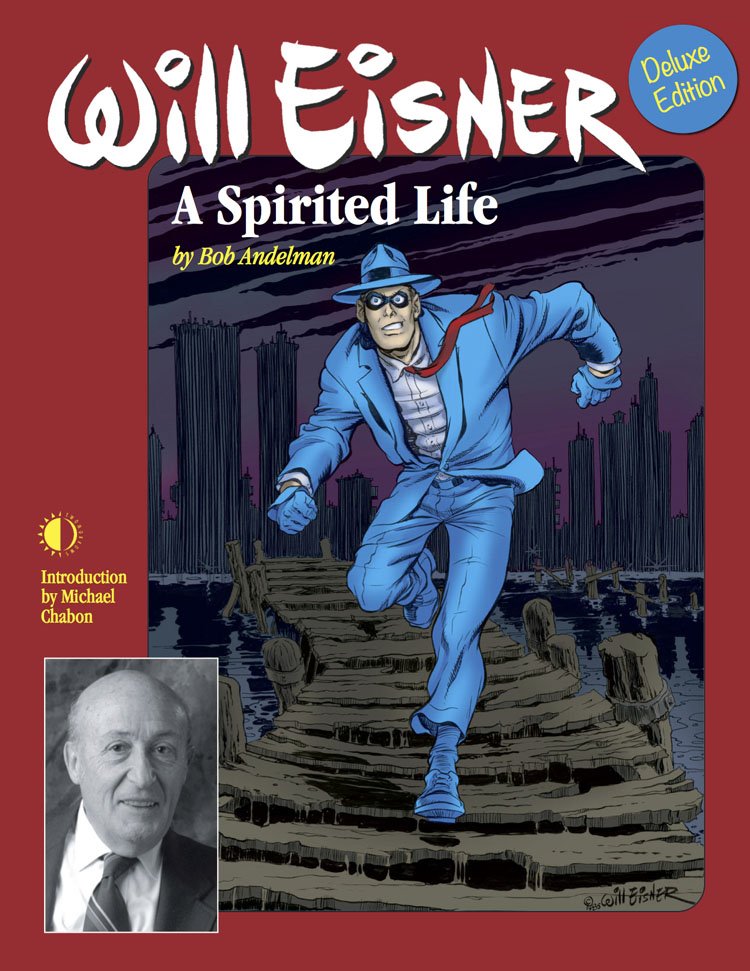WHY ‘A CONTRACT WITH GOD’ SEISMICALLY
ALTERED MORE THAN COMICS
Andrew D. Cooke’s ‘Will Eisner: Portrait of a Sequential Artist’ closed at Tribeca on Sunday and opened up a wealth of perspectives on the creator and his work, but its portrait of the first graphic novel will change many readers’ understanding of its significance to Eisner
By Brian Warmoth |
Posted May 7, 2007 3:00 PM
|
As “X-Men” opened the floodgates for spandex-clad heroes to lay golden eggs like factory farm chickens in Hollywood, interest in the creators who reshaped genres and changed the course of comics bubbled up in art theaters and DVD markets. “Crumb” and “American Splendor” pried open movie theaters’ eyes to peer at two figureheads of underground comics, R. Crumb and Harvey Pekar, respectively. Now, with its premiere at the Tribeca Film Festival in New York, director Andrew D. Cooke’s “Will Eisner: Portrait of a Sequential Artist” blows open nearly a century of history to frame the life of the man who created the Spirit, coined the term “graphic novel” and effectively invented the splash page, cementing his place as one of comics’ creative godfathers.
What comics did for Eisner, however, and where the importance of his landmark graphic novel A Contract With God lies in Eisner’s personal history, his body of work and the history of comics, sculpt the centerpiece of this hugely personal and important look at the life of Will Eisner.
Read the entire review here!
